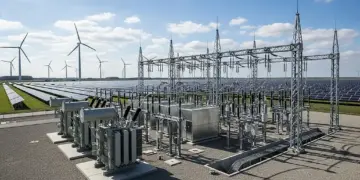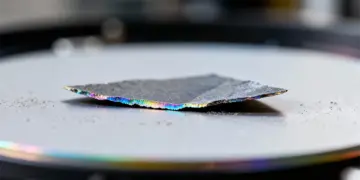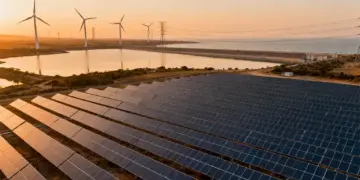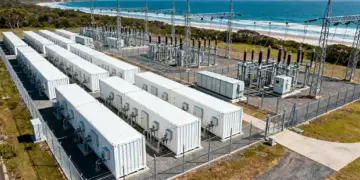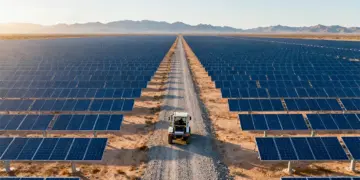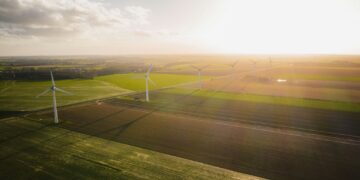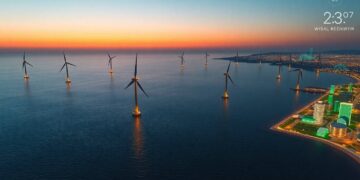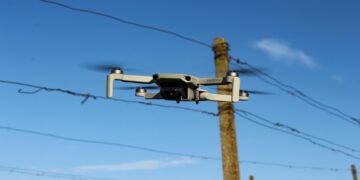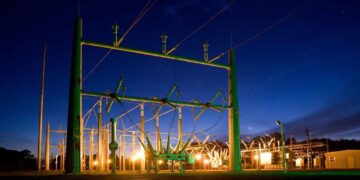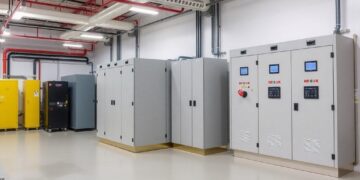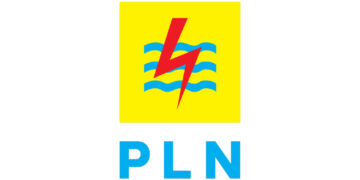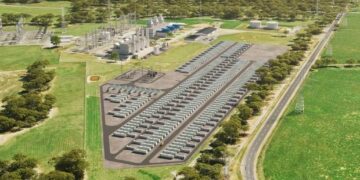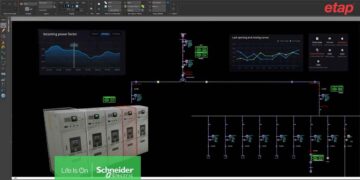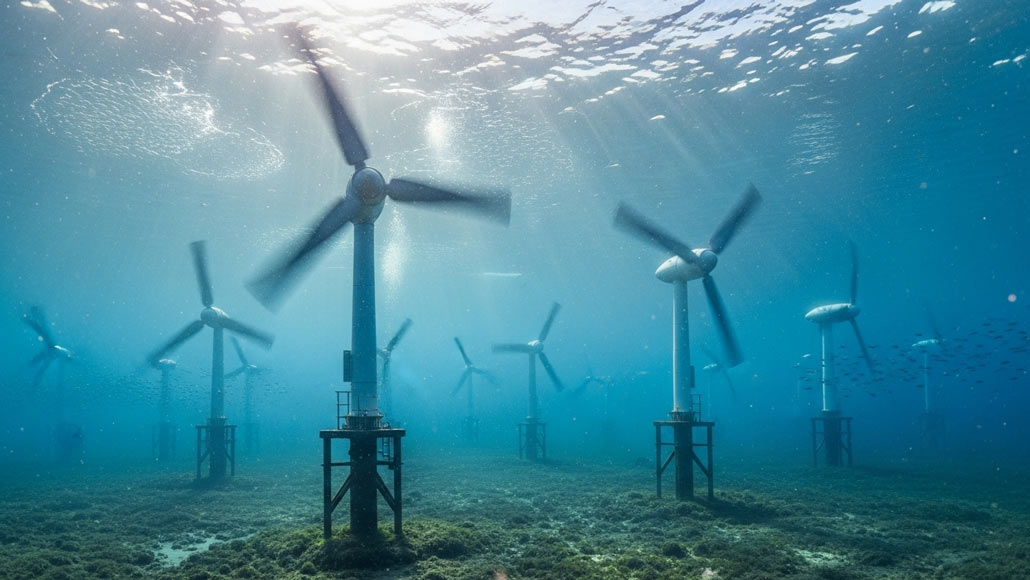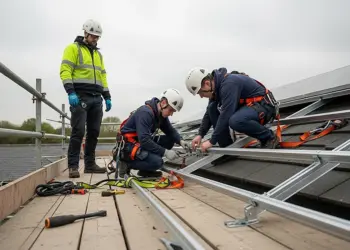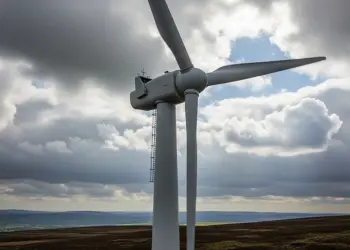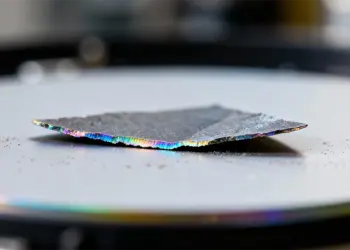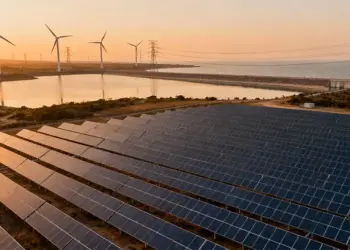In a recent move, scientists have put in their efforts to advance a way so as to convert low-frequency mechanical energy coming from ocean waves into electricity. Their approach happens to stress distributed marine IoT, self-powered ocean grids, and even hydrogen that’s harvested from the sea itself.
Due to this, the researchers from China have developed next-gen triboelectric nanogenerators – TENGs which go on to offer a self-sustaining power solution when it comes to the marine regions. The TENG device structures happen to have diverse functionalities in order to help with their commercial rollout.
Elevating the internal device output
It is well to be noted that the team from Beijing Institute of Nanoenergy as well as Nanosystems and Guangxi University has come up with six innovative structural designs that happen to focus on elevating the internal device output and, at the same time, adapting to the external environments.
The one that is published in the Nano-Micro Letters—the research happens to summarize the trends in device structure design that are prevailing and are identified by the research community.
According to the researchers, they conduct a very precise comparison when it comes to the electrical performance of these devices under simulated wave and motorized as well as real marine conditions, while at the same time, also evaluating their sustainability when it comes to the durability of the designs and, along with it, their mechanical strength.
The review in particular assesses the TENG designs
Apparently, the review specifically happens to examine the TENG designs for harvesting blue energy that comes from waves as well as ocean currents, considering dynamic along with harsh conditions that prevail in the marine environment. The work happens to cover the advancements in TENG architectures, which includes the likes of solid-solid contact, which happens to prioritize the solid-solid designs in terms of their commercial potential when it comes to marine power generation.
Interestingly, the review also focused on the structural optimization as well as hybrid systems. Structural optimization goes on to discuss ways to maximize the efficiency of energy conversion by way of purpose-optimized device structures like spherical, bionic, and hybrid configurations, and at the same time, the hybrid systems become a part of integrating TENGs along with certain other energy harvesting technologies such as electromagnetic generators in order to enhance the performance and, at the same time, capture a wider energy range.
In the end, the paper happens to outline the future research avenues and at the same time also discusses the barriers that are encountered within the TENG field. This review looks forward to offering certain valuable aspects for ongoing research and also to advancing the growth along with the application of TENG technology, remarked the researchers in the study.
Utilization of High Space
Through translating the chaotic ocean motion within the deterministic electron flow, the research team, which has been led by the team of Professor Wang–Yu–Zhai, turns every swell, gust, and glint of sunlight into power that’s dispatchable, therefore ushering in an era in which the sea itself goes on to become a silent and also a self-replenishing power plant.
According to the researchers, a better functional design in next-gen triboelectric nanogenerators – TENGs matters as it goes on to deliver a high space utilization. They also pointed out that the origami folds and multilayer stacks, as well as the magnetic-levitation frames, happen to push volumetric power density that goes beyond the 600 W m⁻³—which is three orders of magnitude that is much above the first-generation prototypes.
Strategy that’s effective for energy conversion that’s efficient
Interestingly, the team also went on to underscore that hybrid generator systems, which often go ahead and integrate TENGs, piezoelectric generators (PENGs), and EMGs, as well as solar cells, have popped up as an effective strategy when it comes to efficient and also balanced water wave energy conversion.
They also went ahead and revealed that the frequency-complementary couplings when it comes to TENG, EMG, and PENG go on to create full-spectrum harvesters, which deliver 117% power-conversion efficiency into real waves.
The team also underscored that the dodecahedral and spherical as well as tensegrity architectures go on to harvest six-degree-of-freedom motion, thereby eradicating the orientational blind spots.


